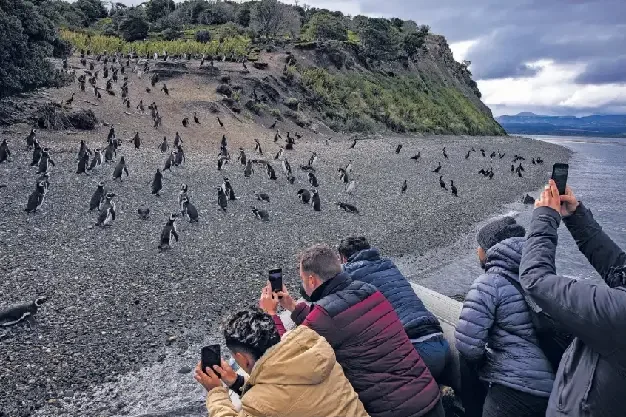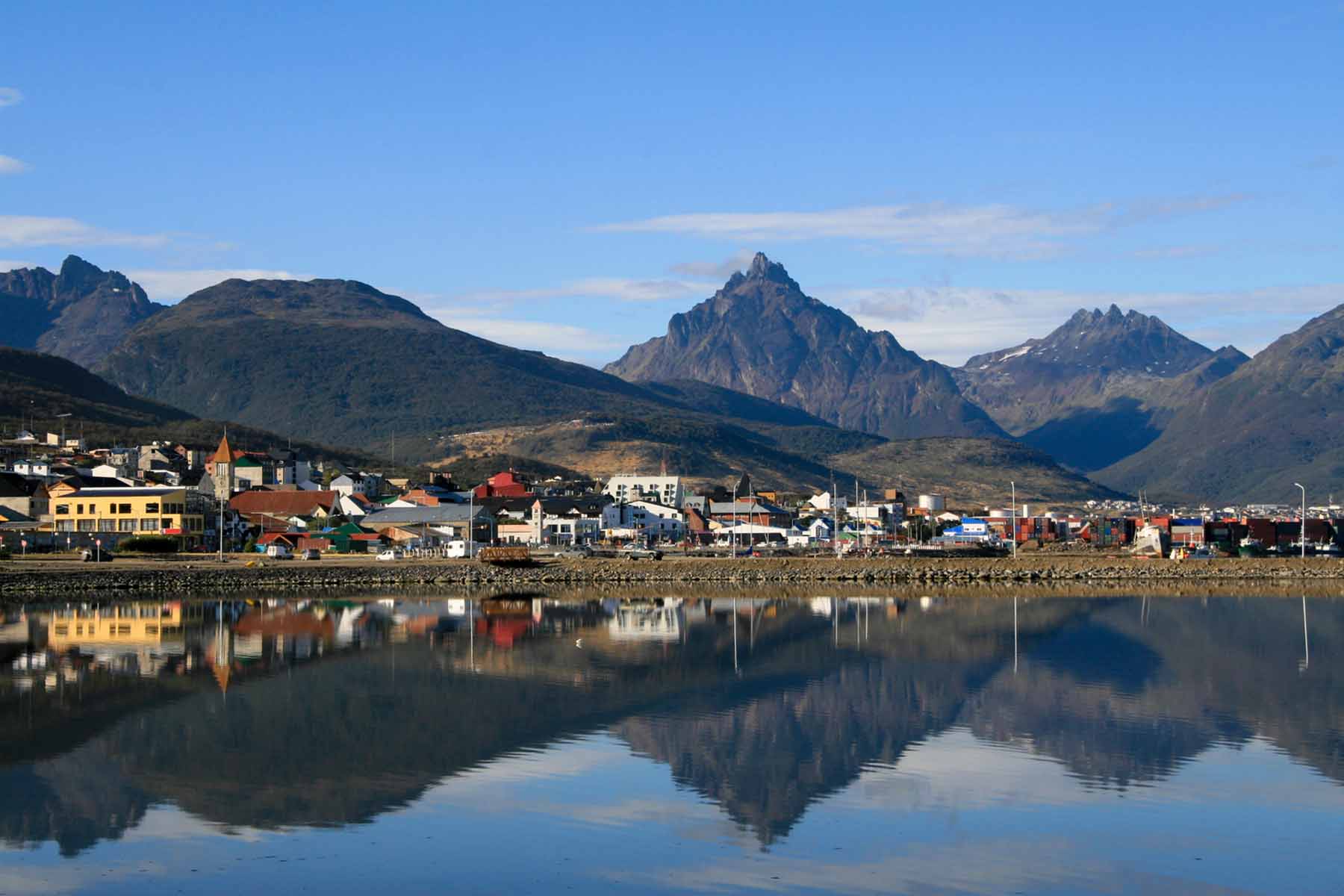
Crowd at the ‘end of the world’ | Travel News
It was summertime in Ushuaia, the self-proclaimed “end of the world,” and tourists were pouring in, drawn by the same penguins they’d traveled thousands of miles to see. On a late January afternoon, five massive cruise ships were docked in port, ready to whisk away passengers—each paying between $15,000 and $18,000 on average—on a 10-day Antarctic adventure.
A decade ago, around 35,500 visitors departed from Ushuaia for Antarctica. Last year, that number soared to 111,500. This season is projected to climb another 10%, according to local port officials. Many travelers spend a night or two in Ushuaia before or after their cruise, often choosing Airbnbs over the city’s modest hotels.
This tourism boom is fueling economic growth for Ushuaia’s 83,000 residents, nestled between the Andes and the Beagle Channel. But it’s also straining local infrastructure, inflating living costs, and worsening a housing crunch for workers. Ironically, Ushuaia’s remote appeal is part of what’s making these challenges harder to manage.
“We’re selling an experience,” said Julio Lovece, head of the Ushuaia XXI Foundation, which advocates for tourism that supports the community. “Other places market waterfalls, glaciers, or whales. We offer the end of the world.”

Cruising to a world apart
Ushuaia is the world’s southernmost city and the primary launch point for Antarctic cruises. Though ships also depart from Chile, Australia, and New Zealand, Ushuaia’s location—just 600 miles from the Antarctic Peninsula—makes it the departure hub for 90% of voyages.
Tourists are drawn by a desire to witness untouched landscapes, rare wildlife, and immense glaciers—especially as climate change accelerates. Gabriel Chocron, co-founder of Freestyle Adventure Travel, described visiting Antarctica as “the closest thing to being on another planet.”
On any given night, Ushuaia offers about 6,200 tourist beds, according to Tierra del Fuego’s tourism board—40% in hotels and roughly 30% in short-term rentals, though actual numbers may be higher due to unregistered properties. Downtown hotels often boast Beagle Channel views but are generally simple and unpretentious. While budget options abound—including a new capsule hotel—luxury is scarce. The three five-star resorts are located well outside the city.
Looking to tap into the luxury market, Meliá Hotels announced in December that it will build a $50 million resort in Ushuaia, complete with spa facilities, pools, and a theater with 800 seats.
Forest cleared for housing
Cruise passengers paying top dollar might be surprised by how some Ushuaia locals live. Nolly Ramos León, a 34-year-old single mother of four, lives on a hillside where trees have been cleared to build makeshift homes. From there, she can see the very cruise ships her city hosts.
Her original shelter was built from nylon and wood. Her current home is better insulated but still lacks electricity, water, and sewage services. She collects water from a nearby stream and navigates steep paths—dangerous in winter—to reach her hotel job, where she earns around $500 a month, plus overtime.
Ramos León explained that residents built on the hillside “to live with dignity.” Around 10% of the population lives in such informal settlements, often without access to basic services. “It took a long time to build this house,” she said. “Sometimes we didn’t even have money for food because I was saving everything for it.”
A fragile paradise
Like many resort towns facing growth and geographic limits, Ushuaia is struggling to balance tourism and livability. Some propose expanding city boundaries, but others fear it could damage the region’s appeal. In fact, many in the tourism sector believe that slowing growth may be necessary to protect Ushuaia’s allure as a remote natural gem.
The International Association of Antarctica Tour Operators stated that most travelers stay in hotels, not private rentals, and reaffirmed its commitment to balancing tourism with community needs.
However, Antarctic tourism comes with a hefty environmental cost. Each traveler generates about 5 tons of CO₂ per trip—the same as the average global annual emissions per person, and far less than the 16 tons emitted yearly by the average American. Meanwhile, Antarctica is warming faster than the global average, and Ushuaia is already seeing the effects. A popular rock and ice formation in Tierra del Fuego National Park collapsed this year after unusually warm weather turned it to slush.
